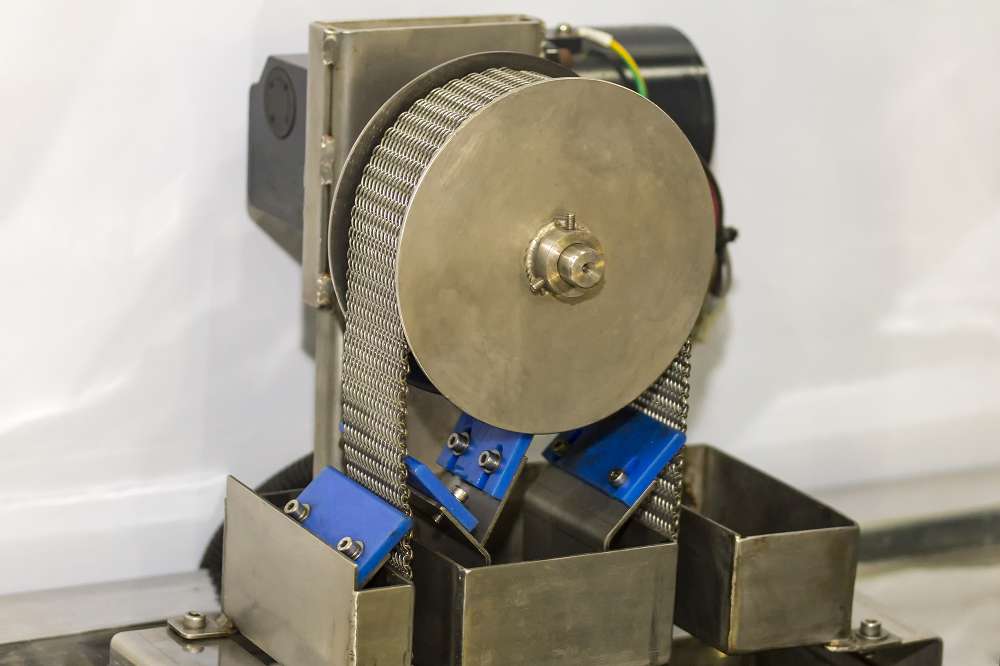Coolant is often the unsung hero of metalworking. Though it’s a small part of a company’s overall budget, it’s the one product that touches every part, operator, and machine. In addition to keeping cutting tools lubricated, removing chips, and providing corrosion protection, it also improves productivity by removing heat and improving surface finishes. However, no different than other production processes, coolant requires attention and proper management.
Proper coolant maintenance protocols can keep cutting fluid running like new for months and years. But some common problems can still arise, even when practicing proper management. Here are four common coolant issues to look out for and how to overcome them.
1. Skin Irritation and Sump Odor
Contact dermatitis and unpleasant coolant odors can both be caused by bacteria in cutting fluid due to poor concentration control. But proper concentration management and thorough machine cleaning with a machine tool sump cleaner such as Master STAGES WHAMEX can eliminate these issues. A thorough machine cleaning eliminates sludge in the sump and food for bacterial growth
Overcome this challenge by upgrading to a higher quality coolant. TRIM® cutting fluids are naturally resistant to fungal and bacterial growth without the need for expensive and often hazardous additives. This reduces fluid costs and maintenance, while improving employee health.
2. Chip, Sludge, and Other Contaminant Buildup
Bacteria and fungus aren’t the only contaminants that can enter the sump and negatively impact fluid performance. Small fines can bypass machine conveyors and build up in coolant tanks. Tramp oil from materials and machine lubrication systems can degrade coolants as well.
Reduce coolant contaminants by investing in a XYBEX coolant management system. Tools like the Yellow Bellied Sump Sucker™ Li’l Sucker™ significantly reduce machine cleaning time and improve effectiveness. Centrifuge systems can be used for eliminating fine particles and fully recycling cutting fluids.
3. High Consumption Rate
Cutting fluids from the TRIM catalog are designed to last. If you’re switching from a competitor’s product, you should notice significantly longer sump life and reduced usage due to its low carry off and tight emulsion. However, the two factors below could be impacting your consumption rate.
The first is you’re using too high of a concentration. Check and adjust this on a daily basis to make sure you’re within the proper recommended ranges. TRIM fluids often work more efficiently at significantly lower concentrations than many products on the market. Consult your coolant supplier for proper concentration ranges and make sure to take into account the coolant’s brix factors when checking with a refractometer.
Another contributor could be high coolant carryoff caused by tramp oil contamination, poor water quality or the incorrect fluid. Tramp oil can cause cutting fluid to become thicker and increase usage and residues. By keeping concentrations in control and eliminating contaminants, you will see reduced usage and coolant spend.
4. Poor Quality Part Finish
Clean cutting fluid doesn’t just improve tool life — it can improve part finish and protect the part, tooling, and machine from corrosion. Using the correct coolant at the proper concentrations will improve all these areas of your production.
Additional fluid management equipment such as the SCROUNGER® Jr Oil Skimmer can help remove free tramp oil from the sump so it no longer impacts fluid performance. This helps reduce bacteria growth and odors as well.
Cutting fluid is an incredibly small part of any machining operation, but when properly maintained, it can drastically improve efficiency, tool life, part quality, and the environment of the machine shop. If you’re already practicing fluid maintenance protocols but still encountering issues, contact us. One of our technicians can conduct a thorough site visit to address your specific concerns.
Call 1-800-537-3365 or email info@masterfluids.com to learn more.

